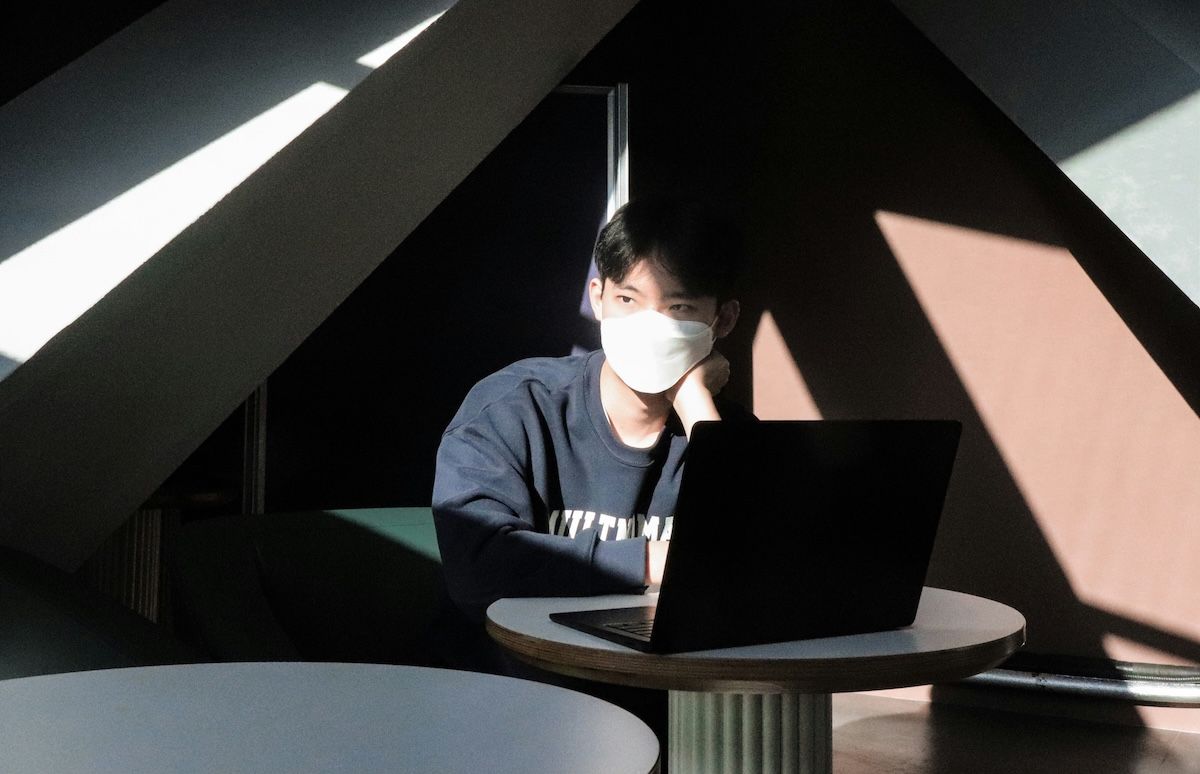Feeling tense? Try this.
If you are feeling tense and are looking for a simple tool to help you relax, you are in the right place. As you may have heard, one of the fastest and most effective ways to get control of our nervous system is to get control of our breath. Our Calm Breathing technique will help you do just that. Practice the technique right now by watching the video below and following along. This is a formula that will help you get calm fast the next time you are too tense. You can also download written instructions in English, Spanish, and Portuguese.
How it works.
To do Calm Breathing, take a sharp, deep breath in through the nose. Hold for a couple of seconds, then let the breath out slowly, with a sigh. You can place your hands over your heart while you do this exercise.
Why it works.
Slowing down our breath is one of the fastest ways to get control of our nervous system. Soon enough, our heartrate, blood pressure, and brainwaves will slow down, too. This can help us get out of anxious high-beta wave frequency and into calm alpha waves.
If you haven’t given Calm Breathing a try yet, do it now. Take notice of how your body feels both before and after you use the technique. This technique is just one of many body-based tools that will help you to relax.
More techniques to try when you are feeling tense.
If you found Calm Breathing helpful, here are a few more tools you can try next time you need to relax: Soothing Butterfly Hug, Simplified Self-Havening, and Calming Hug.
All the videos and techniques in our "Try This" series were created by ACEP's Humanitarian Committee to help people heal by spreading the word about the powerful effects of energy psychology techniques. We invite you to help by sharing this information!
Need help from a professional?
Many people are looking for holistic ways to let go of anger and other upsetting emotions. ACEP is a nonprofit, 501c3 dedicated to the research, education, and sharing of energy psychology. Check out the ACEP practitioner directory to find a certified ACEP therapist in your area or online.
Author
Sarah Murphy, LPC, is a licensed professional counselor and coach in private practice. She is on the board of and serves as communications committee chair for ACEP and staff therapist for Unite for HER. She specializes in energy psychology, including EFT, as well as mindfulness and hypnotherapy.
Video Resources Provided by the ACEP Humanitarian Committee
The mission of the ACEP Humanitarian Committee is to develop and implement humanitarian projects that alleviate emotional distress caused by catastrophic natural and man-made events around the globe. We do this by encouraging and assisting ACEP members in developing humanitarian projects that utilize recognized energy psychology and other modalities that meet ACEP’s standards and guidelines. Learn more here.
Photo by Sean Kong on Unsplash



